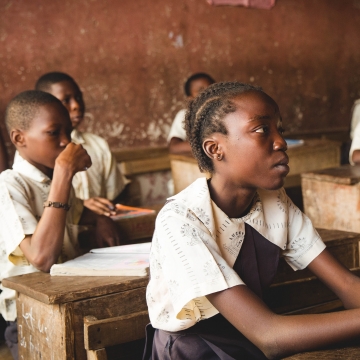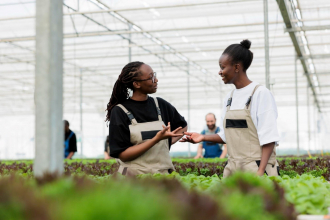Religious institutions and gendered time use: evidence from Ramadan festivities in India
This paper examine how religious mandates of the holy month of Ramadan affect the gendered distribution of time use within Muslim households in India. Using rich data on time use from a nationally representative time use survey and employing a difference-in-differences methodology, the researchers test if Ramadan accentuates gender differences in time use. It is found that, contrary to popular belief, Ramadan moderates the gender disparities in intra-household time use for Muslim households.






